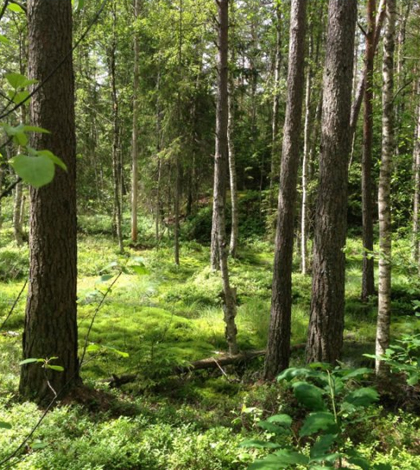Swedish Lake Sediments Reveal Last Ice Age’s End

Site in Sweden where scientists located fossilized midges from a prehistoric lake. (Credit: Barbara Wohlfarth / The University of Stockholm)
Ancient remains of midges in Swedish lake sediments, moisture-sensitive sediment molecules and climate modeling results combine to suggest that the melting of the Scandinavian Ice Sheet about 13,000 years ago was the culprit for the reversal in temperature at the end of the last Ice Age, according to a release from the University of Plymouth. The melting caused drier and colder conditions, ultimately leading to a drop in temperature at the end of the Ice Age.
Scientists at the university compared moisture and temperature records with climate model simulations for the region in Scandinavia. This information, plus the assemblage of midge species when compared with modern data, showed that around 13,000 years ago, the Scandinavian Ice Sheet underwent significant melt during a warming of 4 degrees Celsius.
This melting in turn caused sea ice expansion and changes in sea ice distribution, which led to a significant climate change: a drier and colder atmosphere. The temperature then dropped by 5 degrees Celsius over the next 400 years.
Top image: Site in Sweden where scientists located fossilized midges from a prehistoric lake. (Credit: Barbara Wohlfarth / The University of Stockholm)




0 comments